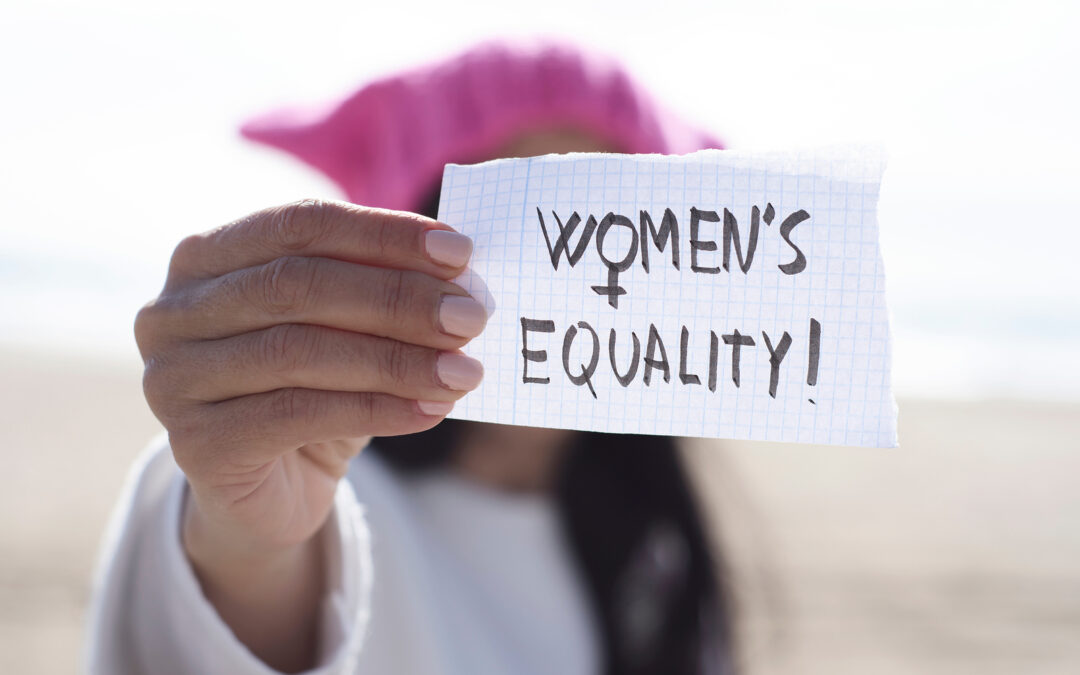Women’s rights have been a subject of struggle and activism for centuries. While significant progress has been made in many parts of the world, gender inequality remains deeply rooted in social, economic, and political structures. One of the biggest challenges to women’s rights is the systematic domination by men, which has historically suppressed women’s freedoms, choices, and opportunities. This dominance not only hinders women’s progress but also damages societies as a whole.
Understanding Male Domination
Male dominance is embedded in patriarchal structures that have governed societies for centuries. From household roles to leadership positions, men have traditionally held power, making critical decisions that shape the lives of women. This control is visible in various aspects of life, including family, education, work, politics, and religion.
Ways Men Dominate and Destroy Women’s Rights
1. Economic Disempowerment
Men continue to dominate economic systems, resulting in wage gaps, job discrimination, and limited financial independence for women. Women often face obstacles in career progression, are underpaid compared to men, and are expected to manage household responsibilities alongside their professional roles. Economic dependence on men further weakens women’s ability to escape toxic relationships or demand their rights.
2. Political Marginalization
Although women make up nearly half of the global population, their representation in politics remains significantly low. Men continue to dominate decision-making positions, leading to policies that often overlook women’s needs, such as maternity rights, reproductive health, and protection against gender-based violence.
3. Violence and Oppression
One of the most devastating impacts of male dominance is gender-based violence. Women face physical, emotional, and sexual abuse at alarming rates, often with little legal or societal protection. Domestic violence, harassment, honor killings, and trafficking are consequences of a system that allows men to exercise control over women without accountability.
4. Cultural and Religious Justifications
Many cultural and religious traditions have been manipulated to justify women’s subjugation. Practices like child marriage, female genital mutilation, and dress codes imposed on women are examples of how male-dominated interpretations of traditions strip women of their basic rights and freedoms.
5. Controlling Women’s Bodies and Choices
From reproductive rights to personal choices, men have historically dictated what women can and cannot do with their bodies. Women face restrictions on contraception, abortion, and even their right to dress or move freely. In many societies, victim-blaming and honor-based oppression further limit women’s autonomy.
The Need for Change
It is crucial to dismantle patriarchal systems and create an equitable society where women can thrive without fear of oppression. This requires active participation from both men and women in the following ways:
- Legal and Policy Reforms: Strengthening laws to protect women from discrimination, violence, and economic disparity.
- Education and Awareness: Promoting gender equality through education and encouraging women to break stereotypes.
- Equal Representation: Ensuring women are equally represented in leadership, politics, and decision-making roles.
- Male Allyship: Men must acknowledge their privilege and actively support gender equality by challenging sexism and advocating for women’s rights.

